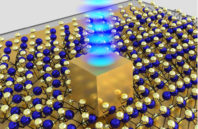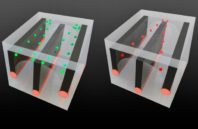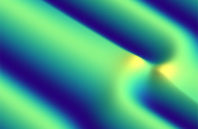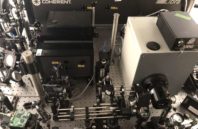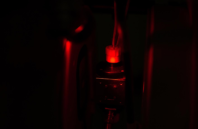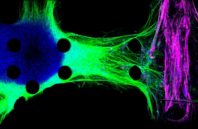A team of European scientists have developed a range of digital, ceramic tiles that can change color, pattern, or play videos from a connected smart phone or tablet, effectively turning a bedroom wall or ceiling into a giant cinema screen....
Read more
Digital Tiles Turn Bedroom Walls Into Cinema Screens


 (585) 768-2513
(585) 768-2513

